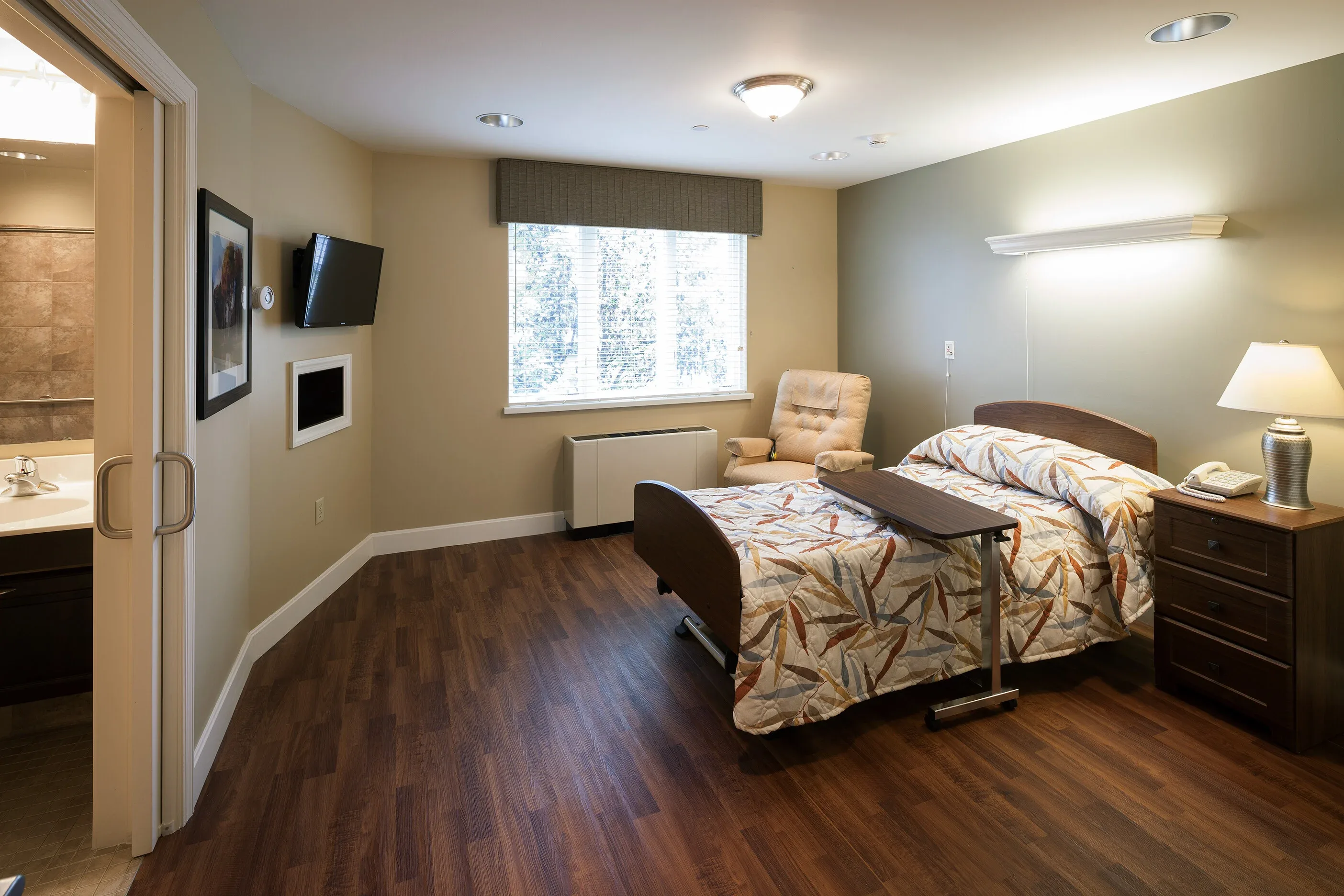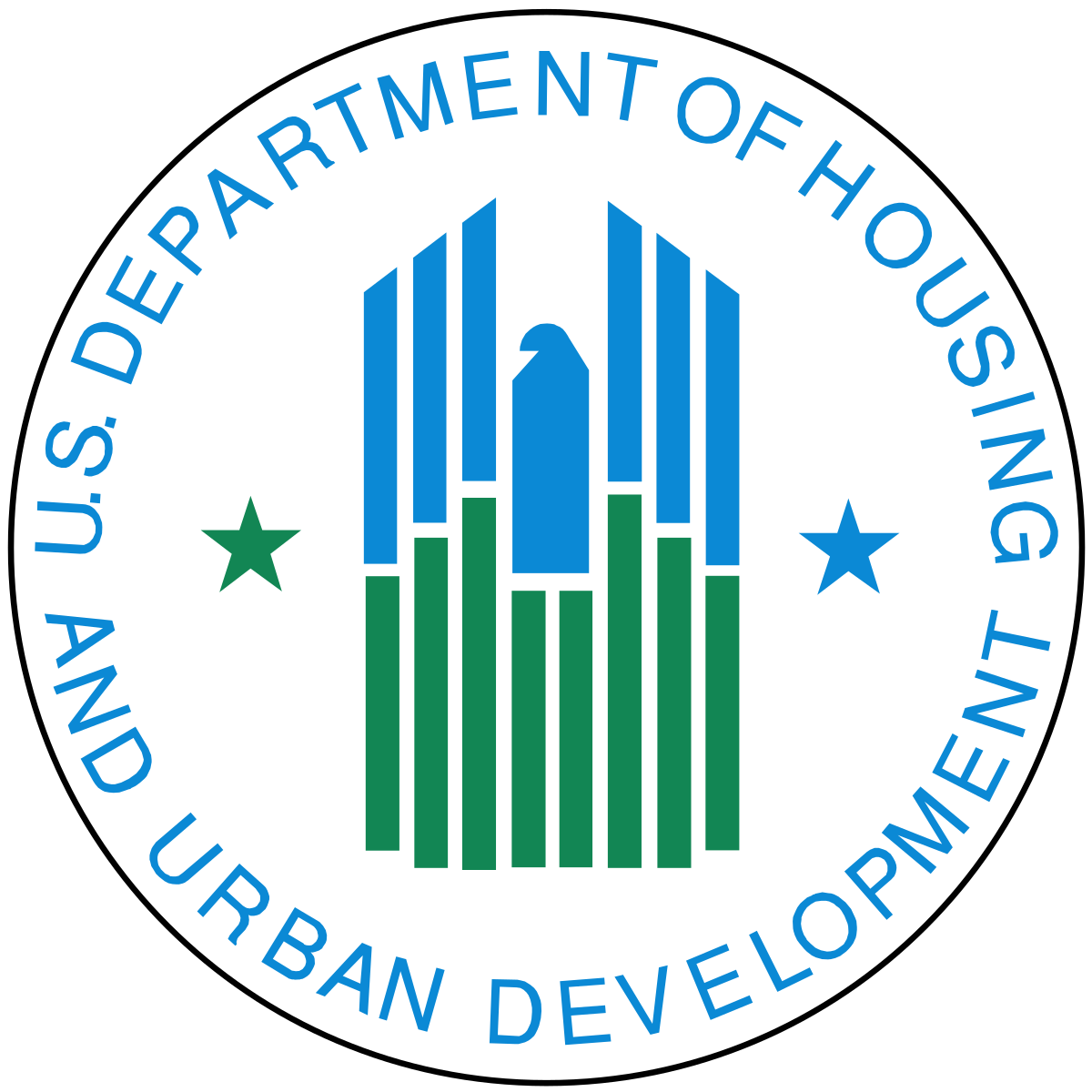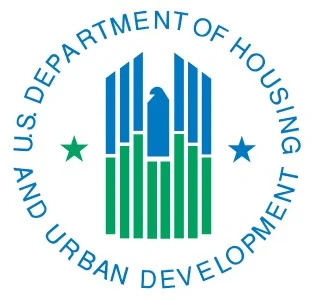Key Takeaways
- The current CMS Five-Star Quality Rating System's staffing metrics are too narrow, only counting nurses and nurse aides while excluding vital care providers like respiratory therapists, physical therapists, and social workers.
- By failing to account for these specialized roles, the system provides consumers with incomplete information and creates financial disincentives for facilities to invest in comprehensive care teams.
- This brief recommends expanding staffing metrics to include all direct care providers, enhancing data collection methods, and implementing pilot programs to test these changes while minimizing administrative burden.
- This expansion would improve transparency for consumers, create more equitable quality assessments for facilities, and encourage better resource allocation for specialized care that can improve resident outcomes.
Introduction
The CMS Five-Star Quality Rating System is a vital tool for evaluating nursing home performance. However, its current staffing metrics are narrowly defined, including only registered nurses (RNs), licensed practical nurses (LPNs), and nurse aides.
This limited scope fails to account for the full range of care providers who contribute to resident outcomes, such as respiratory therapists (RTs), medication technicians (Med Techs), physical therapists (PTs), occupational therapists (OTs), speech-language pathologists (SLPs), and social workers.
By excluding these roles, CMS presents an incomplete picture of staffing reality, potentially misleading consumers and penalizing facilities that invest in specialized care.
Expanding CMS staffing metrics to include these roles would ensure greater transparency, equity, and alignment with modern care practices.
Key Issues
1. Narrow Definition of Staffing Metrics
- Current CMS metrics exclude essential care providers who contribute significantly to residents' clinical and emotional well-being, such as RTs, OTs, SLPs, and PTs.
- Failing to account for these roles paints an incomplete and misleading picture of the care provided, diminishing the perceived value of facilities with interdisciplinary teams.
2. Misleading Consumer Information
- CMS Care Compare markets itself as a tool for evaluating nursing homes and rehabilitation services, yet its current metrics do not fully reflect the interdisciplinary care provided in these settings.
- Excluding therapy professionals like OTs, SLPs, and RTs misrepresents the breadth of care offered, potentially leading to flawed consumer decision-making.
3. Gaps in Transparency and Methodology
- The omission of metrics for therapy disciplines undermines the stated goal of CMS Care Compare—to provide comprehensive, actionable information to consumers.
- Existing metrics, such as Physical Therapy hours per resident per day, lack clear methodological definitions, further reducing transparency and trust in the platform.
4. Financial Disincentives for Specialized Care
- Facilities are less incentivized to employ RTs, Med Techs, or therapists because their contributions are not reflected in staffing stars.
- This prioritization of traditional nursing roles over specialized care ignores evolving patient needs and penalizes facilities that invest in advanced care.
Policy Recommendations
1. Expand Staffing Definitions
- Include direct care providers such as RTs, Med Techs, OTs, SLPs, PTs, and social workers in staffing metrics.
- Recognize non-clinical but essential roles like dietary aides and activity coordinators as contributors to residents’ quality of life, with appropriate weighting to reflect their impact.
2. Enhance Data Collection and Reporting
- Leverage existing data from the Payroll-Based Journal (PBJ) and the Minimum Data Set (MDS)/Resident Assessment Instrument (RAI) processes, particularly Section O, to minimize administrative burden.
- Report hours per resident per day and turnover rates for all disciplines, including RTs, OTs, and SLPs, alongside current metrics.
3. Clarify Methodological Standards
- Define the calculation methodology for metrics like Physical Therapy hours per resident per day to ensure consistency, transparency, and reliability across facilities.
- Standardize how interdisciplinary care hours are measured and reported to enhance comparability.
4. Pilot Programs and Case Studies
- Conduct pilot programs in select states to test expanded staffing metrics.
- Publish case studies demonstrating the impact of including diverse providers on quality ratings, financial efficiency, and resident outcomes.
5. Legislative and Regulatory Changes
- Amend 42 CFR § 483.35 to explicitly include all direct care providers in staffing calculations.
- Update CMS Care Compare’s public-facing interface to reflect interdisciplinary team contributions, making it more consumer-friendly and aligned with real-world care practices.
Expected Outcomes
1. Improved Consumer Transparency:
- Consumers will gain a more accurate understanding of facility staffing and care quality, leading to better decision-making.
2. Equitable Quality Assessments:
- Facilities investing in specialized care teams will no longer be penalized in CMS ratings.
3. Enhanced Resource Allocation:
- Recognizing diverse roles will encourage facilities to hire specialized staff, improving resident outcomes and operational efficiency.
Expanded Areas for Detailed Analysis
1. Role Clarifications:
- Respiratory Therapists (RTs): Provide essential care for residents with chronic respiratory conditions or ventilator dependence. Their expertise reduces hospital readmissions and improves clinical outcomes.
- Medication Technicians (Med Techs): Assist with medication administration under supervision. Including their hours in staffing metrics would incentivize facilities to employ them, easing the workload on LPNs.
- Physical, Occupational, and Speech Therapists: Vital for rehabilitation and improving residents' quality of life. Their exclusion fails to recognize the importance of therapy in long-term care.
- Social Workers and Behavioral Health Specialists: Address mental health and psychosocial needs, critical for comprehensive care.
- Dietary Aides and Activity Coordinators: Support nutritional needs and resident engagement, impacting both physical and emotional health.
2. Weighting Examples:
- Develop a weighting system that assigns higher values to clinical roles like RNs and LPNs while incorporating lower weights for supportive but essential roles such as dietary aides.
- Provide examples of how weighting would reflect resource allocation without diminishing the importance of any role.
3. Case Studies:
- Highlight facilities with diverse care teams that achieve high-quality outcomes despite receiving lower staffing ratings under the current system.
- Showcase the impact of including RTs and therapists in metrics on improving star ratings and consumer confidence.
4. Economic and Operational Impact:
- Quantify potential Medicare savings from enhanced staffing models that reduce hospital readmissions.
- Demonstrate how including interdisciplinary teams improves operational efficiency by leveraging specialized staff.
5. Consumer Perception Studies:
- Reference research on how consumers interpret staffing metrics and make care decisions.
- Illustrate how expanding staffing definitions aligns with consumer expectations for transparency and quality.
Call to Action
Expanding CMS staffing metrics to include a broader range of care providers is essential for ensuring transparency, fairness, and alignment with modern care practices. By addressing these gaps, CMS can foster a more accurate evaluation system that benefits consumers, providers, and residents alike. This policy brief calls for immediate action to redefine staffing metrics, better reflect interdisciplinary care teams, and improve the quality of care in nursing homes.



